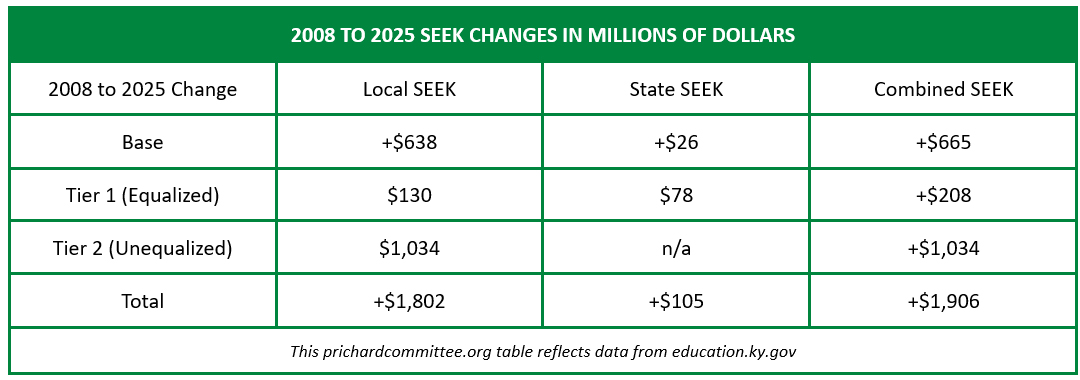It is a pleasure for me to share how much we have learned together with parents and teachers in our Hispanic community.
My name is Ana Reid, of Honduran origin, married, I am also the mother of 3 girls and 1 boy.
I participated in many programs in my children’s schools to work together with the teachers. I understood the importance of teamwork. It should be noted that I am also the mother of a son with autism, which at the time was hard to accept. But I thank God and the system that through these programs they help us fight for the best for our children. I committed myself more and more and took advantage of every opportunity that came my way. Although sometimes with fears, but I remained firm and focused on helping my family and serving my community.
Here the opportunities for me to be a facilitator of the Family Service-Learning program are born, and I said let’s do it!
We started with 12 families, we brainstormed ideas to carry out a project in our Spanish-speaking community, and that is where the idea of a day of Camp was born, which we named “CAMP CELEBRATING HISPANIC FAMILIES” 2022.
Why was this project an important opportunity for our Hispanic community?
The idea of all these programs has a single purpose. Seek the best so that all families and children have the best performance possible. Starting from this!
The normal thing in American culture is that parents know about summer camps because summer means the end of the school year and the beginning of two months ahead, where leisure and free time are the protagonists for the little ones in the house. Faced with so many hours to have fun and without obligations, many parents choose to enroll their children in a school or summer camp, due to the multiple benefits that this brings to the child, both physically and emotionally.

The Hispanic culture was formally unaware of the experience of what a summer camp means and its benefits. And they took options like:
- many families send their children to visit their uncles, grandparents, and cousins in their countries of origin.
- If there is no budget for this trip, they spend hours day and night in front of a video game
- I must also admit that Hispanic parents are very jealous and distrustful, for this reason they are afraid of sending their children with strangers.
- For the majority of families that emigrate to the United States, it is to work and take the best things home and help those who remain in their country. For this reason, there are very few families that have a budget to go on vacation even if it is once a year. So, this is no longer an option to get your children out of the routine.
Based on this brief explanation. We thought of having a parent-child camp day so that they could experience and trust where to take their children and that the children also create high expectations of how much fun this could be with other children of the same age. And that they can prepare with enough time to be able to cover these camp costs in a more organized way.
Our goal was for them to know the alternatives, so that later it would depend solely on them to help their children. Because we learned that when you want to do somethingwe search with passion. And we find!
One big problem was all these camps were too expensive to provide this one-day experience for parents and children to do the same thing. And we did not have the means to create it ourselves, nor the facilities. I remember they knocked on the doors of YMCA CAMP EARNST and they said yes to our project the first time and when they talked about costs it was wonderful because it was symbolic $1 per person. And there began the second part of the adventure. We needed food and a church donated it. Then the YMCA called us and said that that dollar that they were going to charge per person would also be donated to our project, which we used to buy some things that we would need that day. Then we thought that we should get the families together to go on a bus and live the experience from beginning to end. Just like the kids arriving at a camp. The R.A. Jones school helped us with several buses. That was a great achievement for all these parents organizing such an event. They discovered capabilities they didn’t know they had and felt the pride of being part of this project. When we checked the registrations, we had 150 people for our day of camp. It was amazing.
I remember that the excitement increased, and they prepared catwalks with typical costumes from their countries, days before the camp they made piñatas that they enjoyed breaking that day.
We made bow and arrows, took horse and pony rides, went on walks, made crafts, had outdoor games and sports, and went on canoe rides. We had the most beautiful experiences with our children, seeing those smiles on their faces and knowing that these were quality moments for our families to open their eyes and make provision to continue giving their children the best on an emotional and physical level. In those vacation times helping them channel their little lives in a better way. To create men and women who contribute to their environment with every skill they possess.
One day was very short, but we planted that seed that is sustained by knowing how they can help their children from now on and spread the word about this beautiful experience. Thanks to all those people who contributed to our great Hispanic family.
THE SEED IS PLANTED! WE WILL SEE THEIR FRUITS SOON.
Ana Reid












